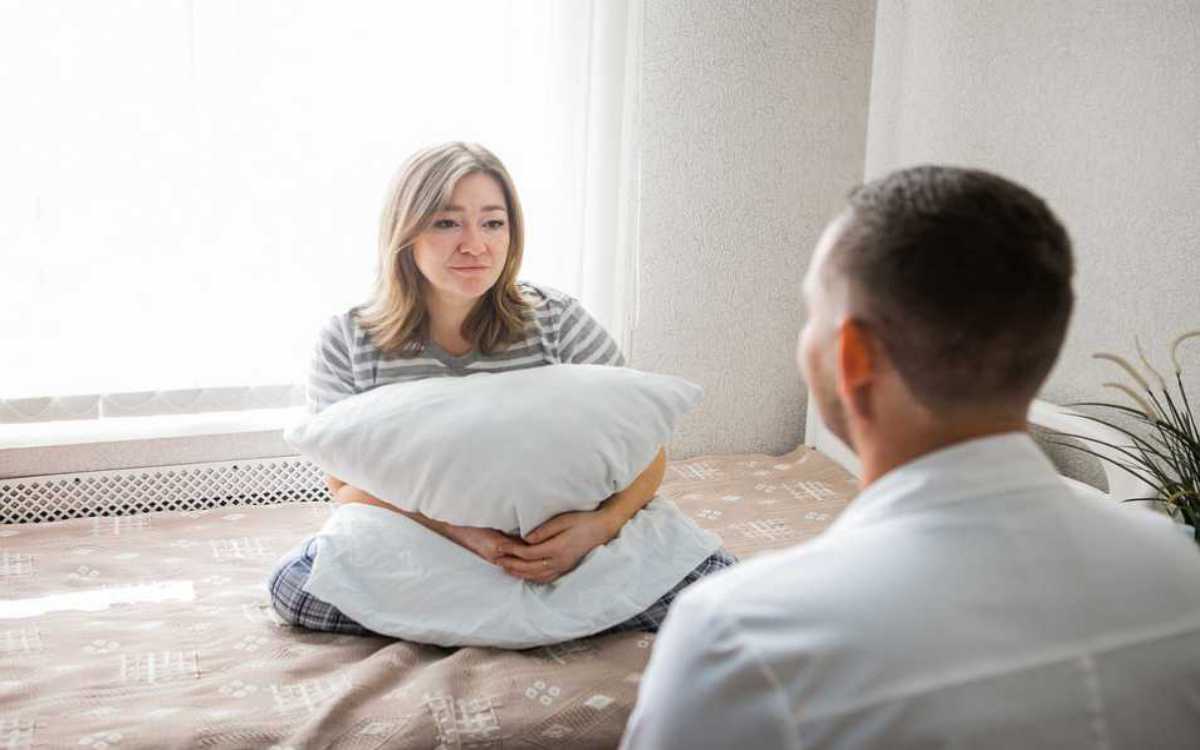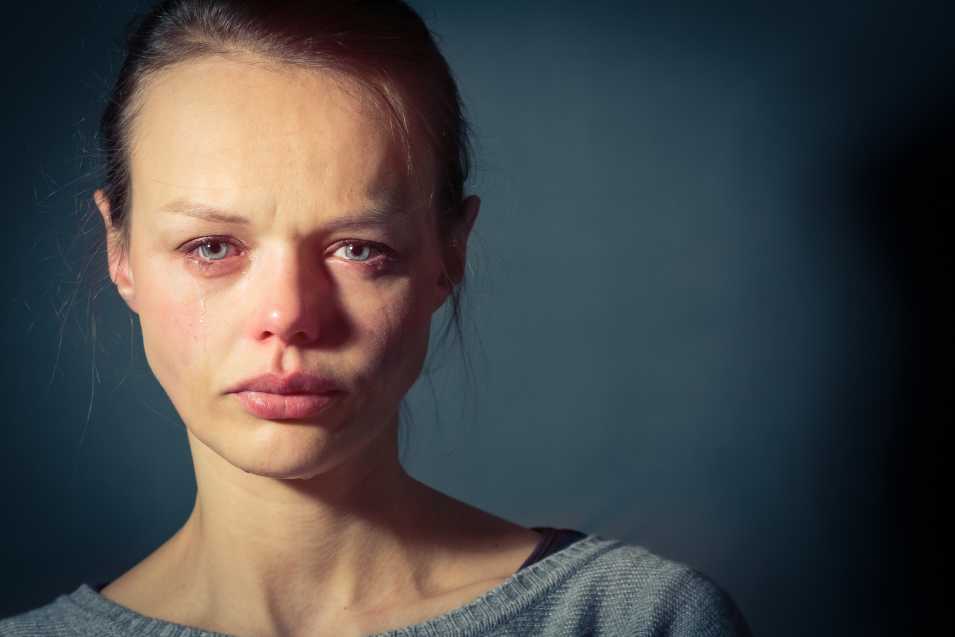If you have a mental illness, you are probably wondering what is the most painful mental illness. PTSD, manic-depressive psychosis, schizophrenia, and borderline personality disorder are well-known mental health conditions. There exist numerous variations of these illnesses, with each one possessing distinct characteristics. Each individual has the potential to induce discomfort. Nevertheless, there exists a specific manifestation of PTSD that is widely regarded as the most excruciating psychiatric disorder.
Borderline Personality Disorder
One’s outlook on life can be negatively impacted by the mental disease known as borderline personality disorder. It can cause problems with relationships and lead to self-harming behaviors. However, newer treatments can help reduce symptoms and improve the quality of life.
People often misunderstand BPD. This lack of awareness has led to a number of myths and misconceptions. But the truth is that the condition is very real and can be treated effectively.
Borderline personality disorder (BPD) is a serious mental illness that has far-reaching effects on a person’s functioning and daily life. Intense emotions, unstable relationships, and impulsivity characterize the symptoms. Those who have BPD may exhibit signs of suicidal ideation, dissociative symptoms, and a desire to avoid emotional pain.
People with BPD often change partners, friends, and goals. They are also frequently angry and disillusioned, and they are afraid of abandonment.
In addition, people with BPD often display inappropriate displays and engage in dangerous behavior. For example, they may engage in sex, drugs, and violence. These behaviors serve the purpose of coping with distress but have high costs.
Most Painful Mental Illness – Schizophrenia
People with schizophrenia often have trouble functioning in their daily lives. They may be depressed or have trouble with relationships (professional, social and romantic).
Treatment for schizophrenia can help with symptom management and reducing the likelihood of more psychotic episodes, but it cannot provide a complete recovery. It also helps with secondary problems that happen alongside or because of the disorder, such as anxiety or depression.
Related Article: Anxiety Vs Schizophrenia
The main medicine used to reduce the most troubling symptoms of schizophrenia is antipsychotic medication. It’s important to take them as prescribed and follow your healthcare provider’s instructions closely.
Therapy is the most effective treatment for most mental health conditions. It can help with symptoms like lack of motivation and insight.

Manic-Depressive Psychosis
Most Painful Mental Illness; Having a manic or depressive episode is no joke. A bipolar disorder sufferer’s life is a roller coaster of highs and lows, both emotional and physical. In addition, the sufferer is at increased risk for heart disease, obesity, and migraine headaches.
As for how long is the average lifetime of a bipolar disorder patient? Studies show that a person with the disorder may live for an average of eight years. It is also worth noting that people suffering from the condition have a greater than normal risk for diabetes, and the likelihood of developing obesity increases substantially. Symptoms of the illness often occur alongside other mental health conditions, such as eating disorders.
The most effective treatment for the condition involves a course of medication that is well-matched to the severity of the symptoms. Having a manic or depressive bout can be extremely disruptive to a person’s daily routine. This is because a depressive episode may cause a person to lose interest in most activities. However, an episode of mania can lead to an increase in the quality of one’s life.
Most Painful Mental Illness – PTSD
The acronym PTSD stands for post-traumatic stress disorder and is a frequent kind of mental illness. People who have PTSD are often afraid to think about the traumatic event and may feel like they cannot go on living their lives.
Symptoms of PTSD may include anxiety, fear, nightmares, intrusive thoughts, and extreme emotions. These symptoms may last for weeks or months and are typically experienced after a traumatic event.
If you have PTSD, your therapist can help you learn to cope with your emotions. Treatment includes developing healthy lifestyle habits. You should develop a support group to help you deal with your symptoms.
Other mental health conditions can cause some PTSD symptoms. For example, some people who have PTSD may also have a history of depression or substance abuse. Getting help early can make the symptoms of PTSD less severe.
PTSD can affect both you and your family. People, smells, and certain words can trigger symptoms. A support group can be a helpful way to share experiences and get advice. Having a healthy lifestyle can help you keep the symptoms of PTSD at bay.
Psychological Pain
Most painful mental illness; Psychological pain is a mental illness that involves the intense emotional experience of feeling broken, depressed, or emptied. These experiences have a profound impact on people’s lives. This pain can be the result of a traumatic event or an underlying psychological disorder.
Even though pain can be both physical and mental, it is important to know how they are different. Many medical professionals do not ask their patients about mental pain. But scientists have found that emotional pain can cause physical symptoms. In fact, many chronic pain sufferers welcome the physical sensations as they provide a relief from their emotional turmoil.
Mental pain is associated with a variety of psychiatric illnesses. It is also associated with suicide. Suicidal individuals perceive their emotional state as a painful one. When they believe that they can do nothing to change the situation, they become suicidal.
While experts do not agree on the definition and operation of this pain, some researchers have suggested a number of common characteristics. The most important is the presence of self-disappointment.
Related Article: Free Therapy in NYC for Depression
